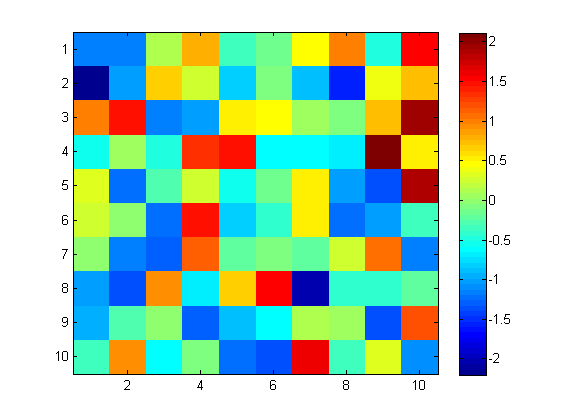

Lets you launch ImageJ and interact with it from inside MATLAB.Enables execution of MATLAB scripts from inside ImageJ's Script Editor.Translates data between ImageJ images and MATLAB matrices.If you run MATLAB R2017b and later, you don't need to do this, as it ships and uses Java 8 already. You will need to change your MATLAB installation to use Java 8, by following the instructions for your platform: Windows, macOS or Linux. docker: Error response from daemon: Conflict.Prior to MATLAB R2017b, MATLAB ships with Java 7, but ImageJ requires Java 8.

python from scipy.misc import imread:ImportError: cannot import name imread.Python OpenCV BUG: all the input arrays must have same number of dimensions.attributeError: ‘NoneType’ object has no attribute ‘shape’.AttributeError: module ‘cv2’ has no attribute ‘CV_HAAR_SCALE_IMAGE’.Tensorflow TypeError: Fetch argument array has invalid type ‘numpy.ndarry’.LinAlgError: Last 2 dimensions of the array must be square.TypeError: Image data of dtype object cannot be converted to float.Im2double (IMG) not only converts uint8 to double, but also maps the data size from 0 to 255 to 0 to 1 Similar Posts: The actual data size is 255, but this 255 is already a double type space storage, and no overflow will occur if it is added. The number of decimal places 0 is determined by the length of double data. For example, if the original value is 255, then it will be 255.0 after conversion. The original data is between 0 and 255, but after conversion, it is still 0 to 255. Double (IMG) is a simple data type conversion, which converts an unsigned integer to a double precision floating-point double, but the data size does not change. Here is a supplement to explain the difference between im2double() and double(). I2 = double(img)/255 % Uint8 is converted to double, which is the same as im2double I1 = im2double(img) % Convert image to double precision type (0 ~ 1) Img = imread(‘./1.jpg’) % Read in is Unit8 (0 ~ 255) data Therefore, it is necessary to convert the image to double format before operation. The image data read by Matlab is uint8, and the values in MATLAB are usually stored and calculated by double (64 bit). One byte unsigned integer can only store 255 data at most, so it is easy to overflow the image operation 2. For example, if the pixel size of a color image is 400 * 300 (height * width), the saved data matrix is 400 * 300 * 3, where each color channel value is between 0 and 255 Function ‘*’ is not defined for values of class ‘uint8’ When it is an RGB image, it stores it in an 8-bit RGB matrix. In detail, imread stores gray-scale images in an 8-bit matrix. Compared with the default MATLAB data type, double precision floating-point double (64 bits, 8 bytes), it can naturally save a lot of storage space The image stored in this way is called 8-bit image. The data saved after reading pictures in MATLAB is uint8 (8-bit unsigned integer, i.e. MATLAB image type conversion and uint8, double, im2double, im2uint8 and mat2gray and other instructions – Thomas can write – CSDN blog 1. If it is not converted, the calculation will overflow I64 = double (I8)/255% uint is converted to double I2 = im2double (I1)% convert image I1 to double precision type (assuming graph matrix range 0-255) Therefore, it is necessary to convert the image to double format before operation, Therefore, the image data read in MATLAB is uint8, and the values in MATLAB are generally stored and calculated in double (64 bit). When it is an RGB image, it is stored in an 8-bit RGB matrix Imread stores gray images in an 8-bit matrix. In order to save storage space, matlab provides a special data type uint8 (8-bit unsigned integer) for image, and the image stored in this way is called 8-bit image MATLAB image processing on Unit8_ Baidu Knows Imshow pictures in MATLAB should be converted into uint8: 1 The image pixel data is processed in MATLAB


 0 kommentar(er)
0 kommentar(er)
